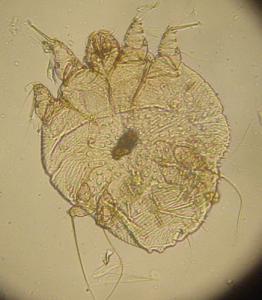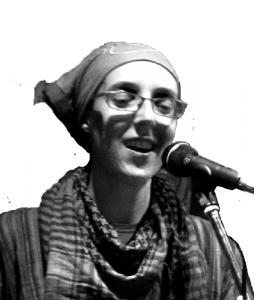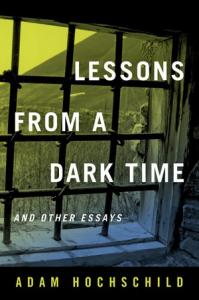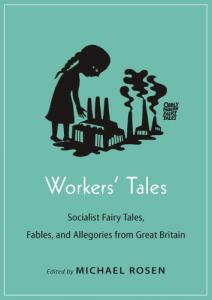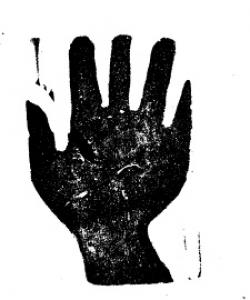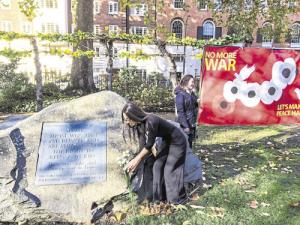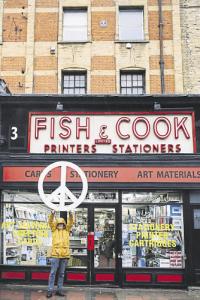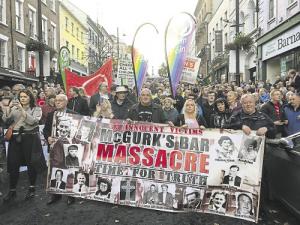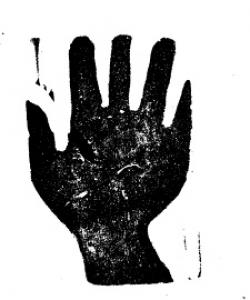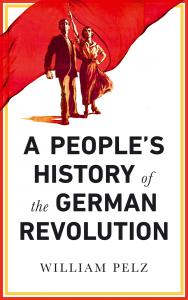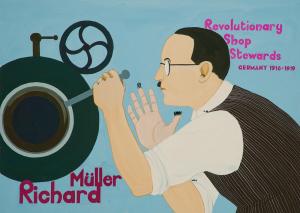Some years after the Second World War, articles appeared in national newspapers in the UK headed ‘Volunteers Sought to Risk Death’ and ‘Human Guinea Pigs Plea’. They were advocating the setting up of a national centre where scientists could ‘infect people with diseases and try out drugs – even if the risk is death’, and were based on a research project during the war.
In 1940, professor Kenneth Mellanby was…


